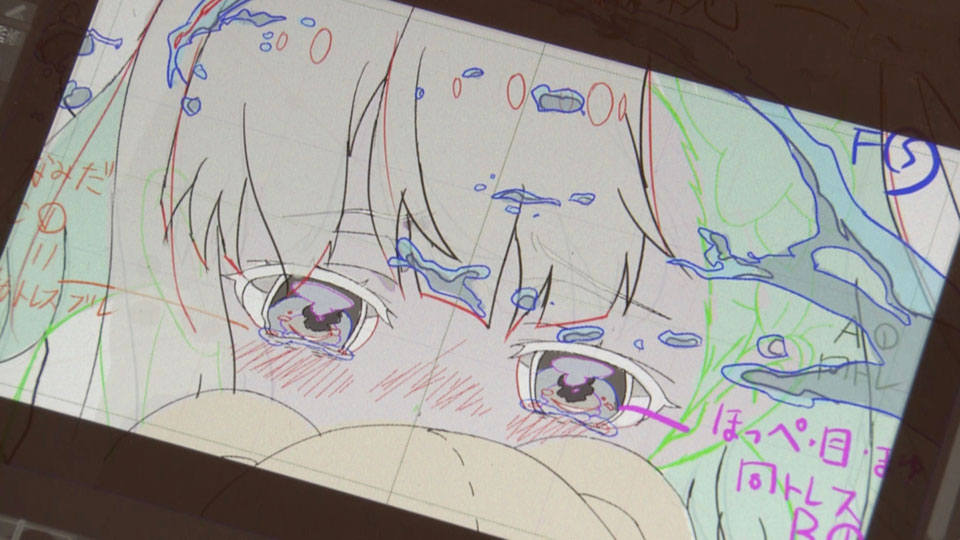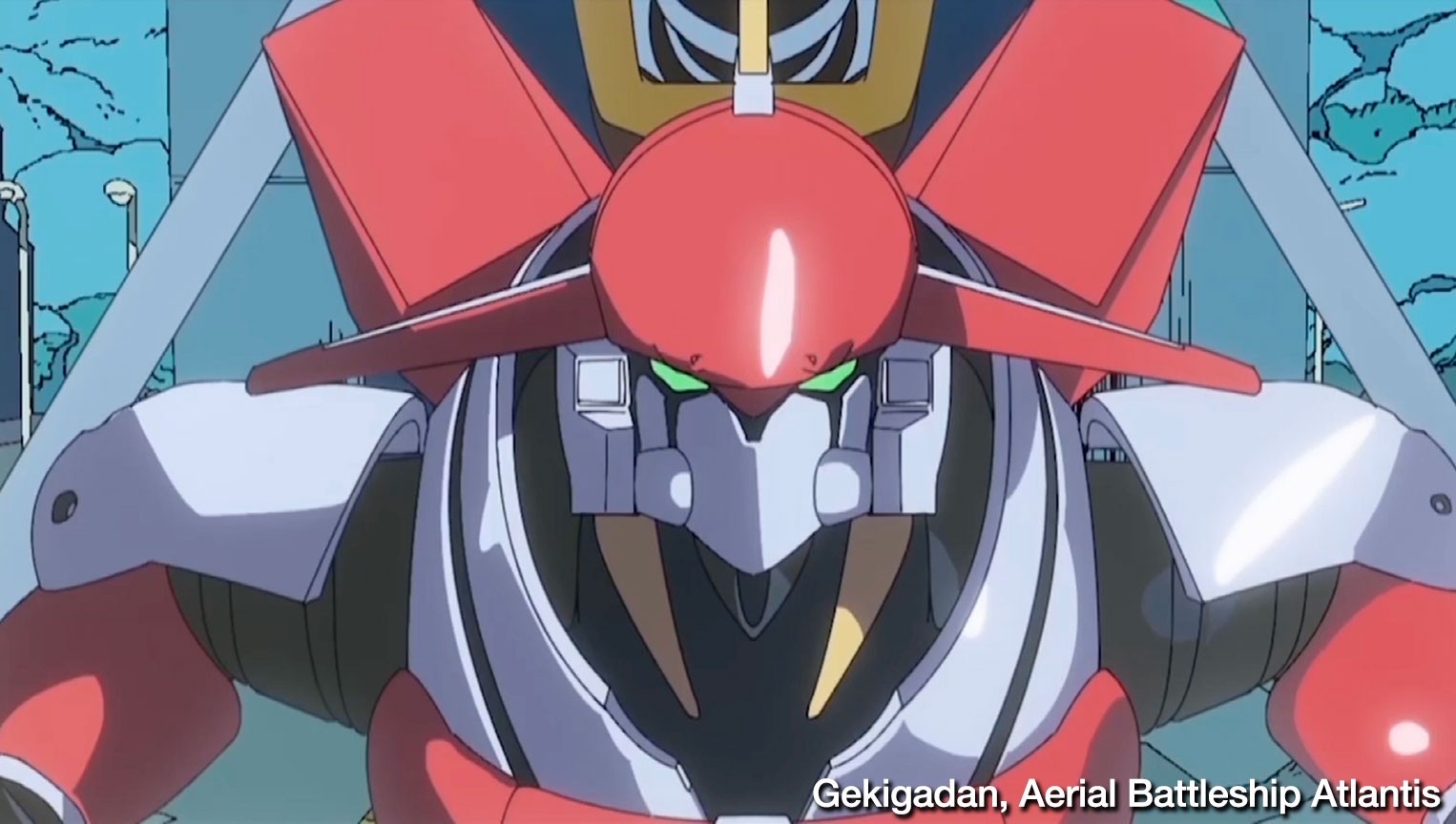Japan's anime industry continues to go from strength to strength, winning admirers everywhere and amassing prizes and plaudits. In May, Studio Ghibli took out the Cannes Film Festival's Honorary Palme d'Or prize, just the latest in a slew of gongs for the animation powerhouse.
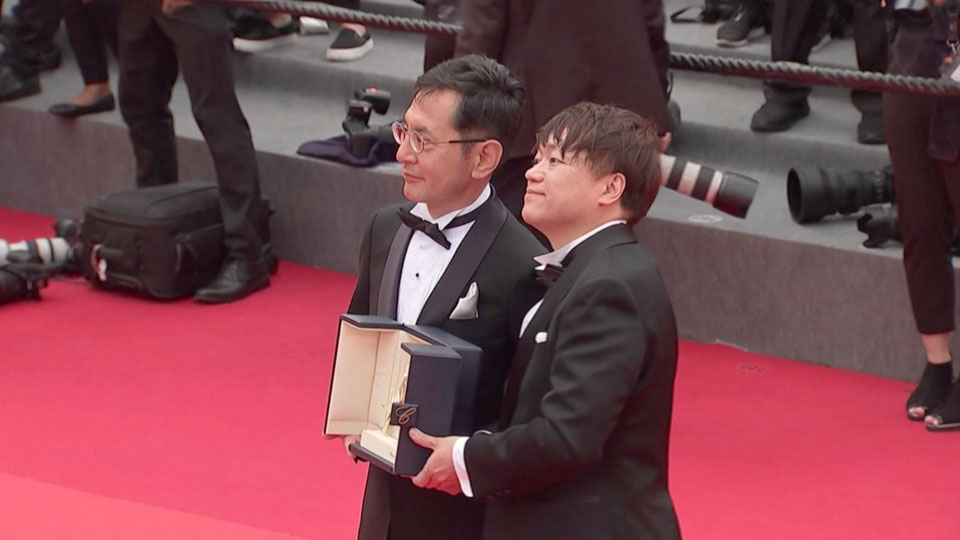
In a sign of anime's enormous cultural impact, the famous Tsutaya bookstore in Shibuya, in the heart of Tokyo, recently relaunched as an anime hub with life-size figurines and a lounge dedicated to the Pokemon card game.
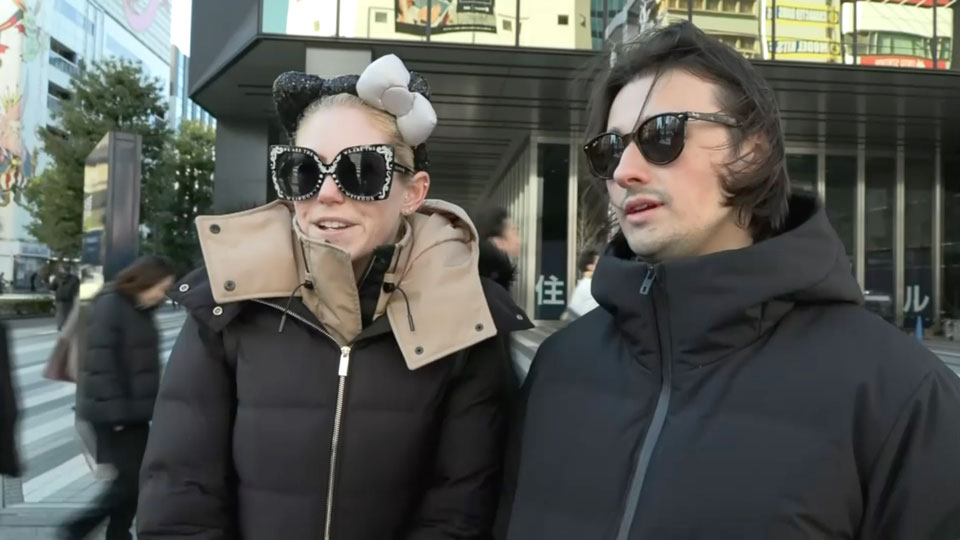
The industry also provides a huge boost for tourism, drawing fans to Japan in large numbers.
Struggle street
But on the other side of the screen, it's struggle street. People like 21-year-old Genga, a freelance animator, make enormous sacrifices just to get their foot in the door.
For two years, Genga, has been working towards her goal: A full-time job at one of Japan's anime studios.
Brutal hours and poor pay characterize the beginning of a career in the industry. In order to make ends meet, Genga lives in an anime dormitory where the monthly rent, including utilities, is less than 200 dollars.
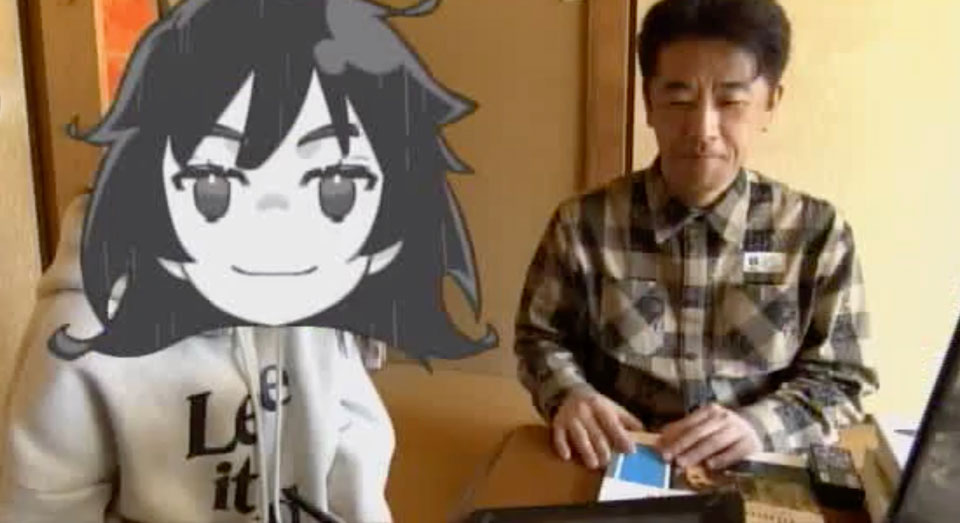
Even so, Genga says she and her colleagues buy groceries sparingly. Some of her friends had to quit because the strain got too much.
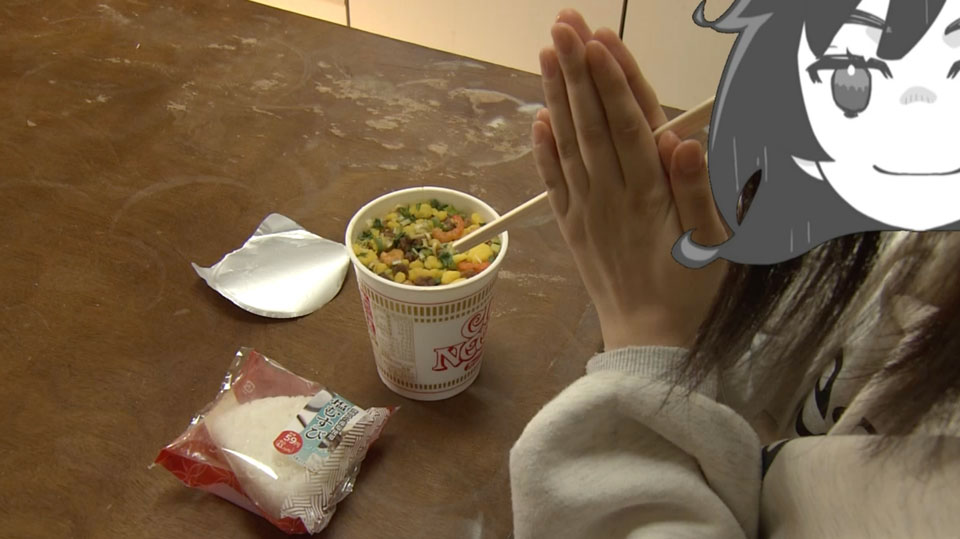
Industry veteran lends a helping hand
Veteran CG animator Sugawara Jun is the man behind the dormitory accommodation. He has opened five facilities over the past decade. In addition to providing budget shelter, he helps to nurture young talent by teaching technical skills.
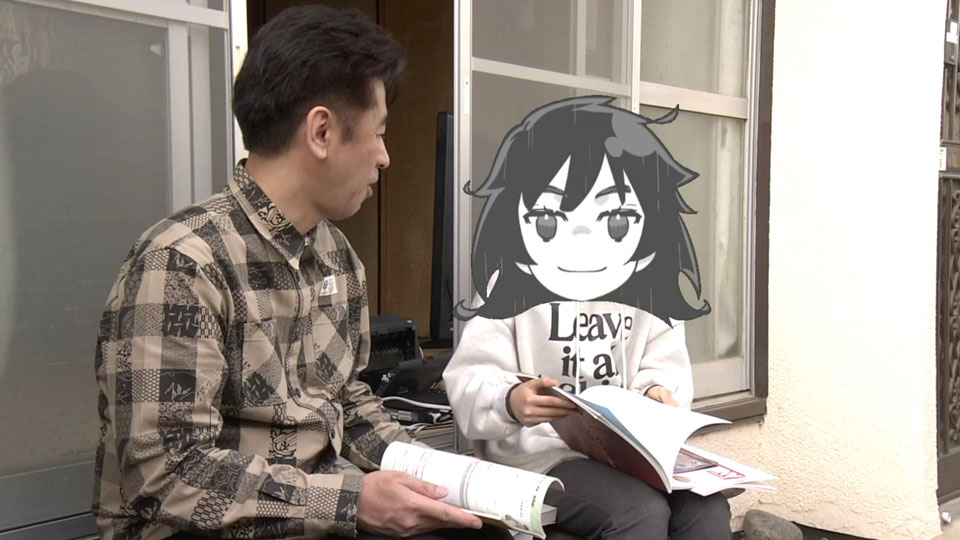
Sugawara has schooled dozens of workers like Genga, and many of them have gone on to make names for themselves in the industry. He says he is filling a gap in an inadequate training system.
Another dormitory resident is 25-year-old Kimura Toshiki, a beneficiary of the tuition provided by Sugawara and other senior animators living at the same facility.
Kimura in turn passes down his knowledge and inspiration to Genga and other novices.
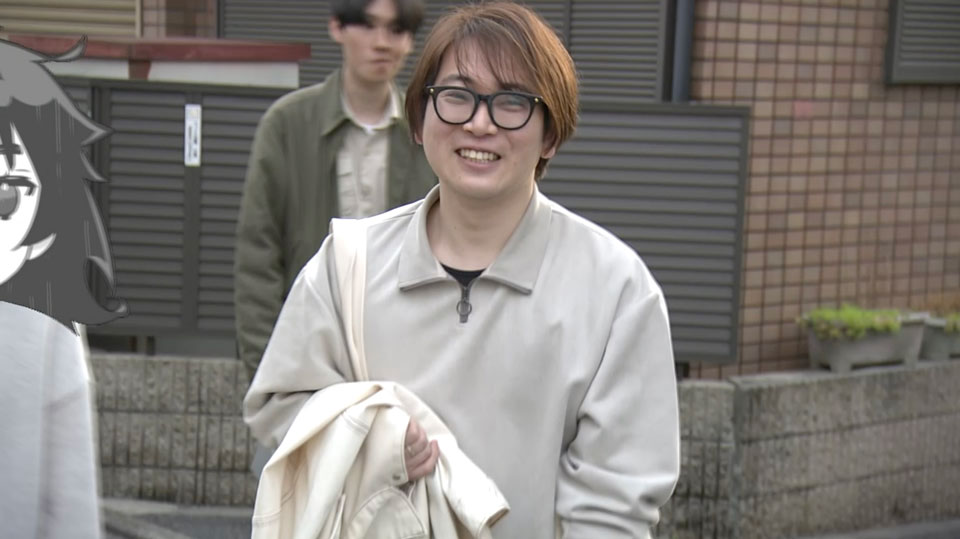
The facilities host regular get-togethers that allow residents to share experiences and ideas. It's an opportunity to exchange horror stories about working conditions, but also to encourage and inspire each other to keep going.
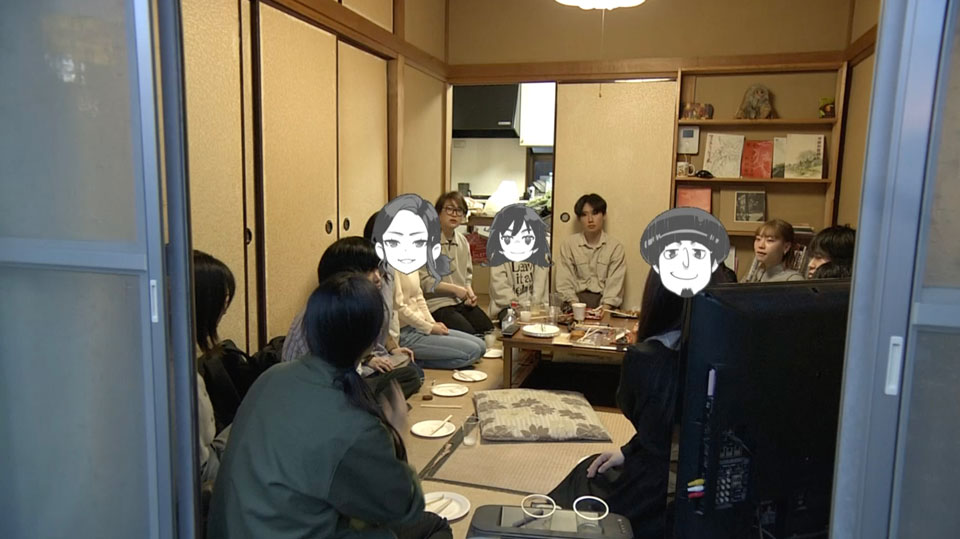
Kimura tells them, "I realize how much I appreciate this time with you guys. I don't get to talk about anime with my colleagues at work," where they are expected to only talk about the task at hand. But he yearns to discuss great anime masterworks and the creators who inspired him.
Kimura tells his dormitory mates during one of the gatherings. "Being here motivates me to become a great anime creator."
Genga, who often feels depressed about working long hours alone, values the ability to connect with others over a shared passion.
Crowdfunding for anime dormitories
Sugawara says crowdfunding helps subsidize the cost of running the dormitories, with much of the support coming from abroad, the United States in particular.
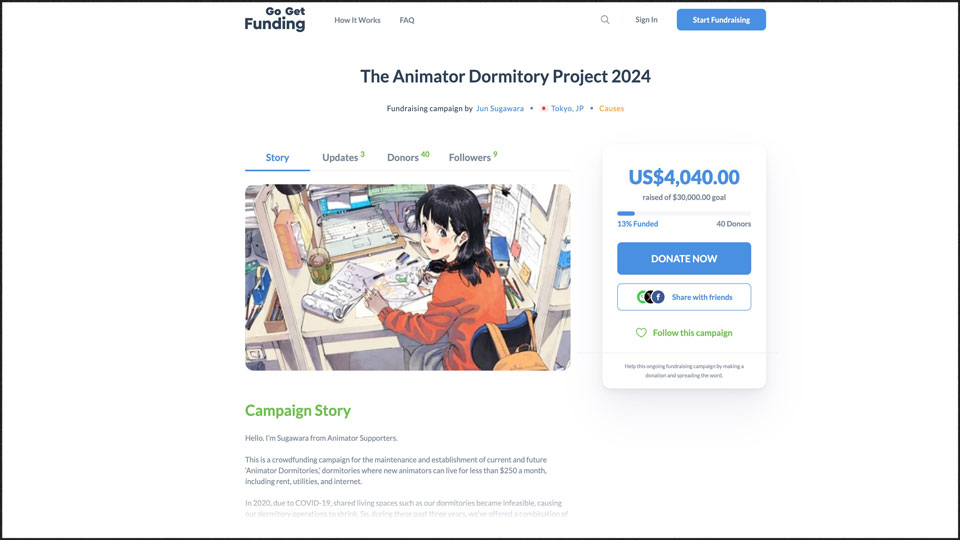
He plans to expand the number of dorms he runs to help more young animators survive and thrive.
But he knows he is fighting an uphill battle, given how low wages are across the board, especially for newcomers.
A survey last year by the Japan Animation Creators Association found animators aged 20-24 made an average of just 12,000 dollars a year. Even those who have made it to the upper echelons of the industry don't find it financially rewarding.
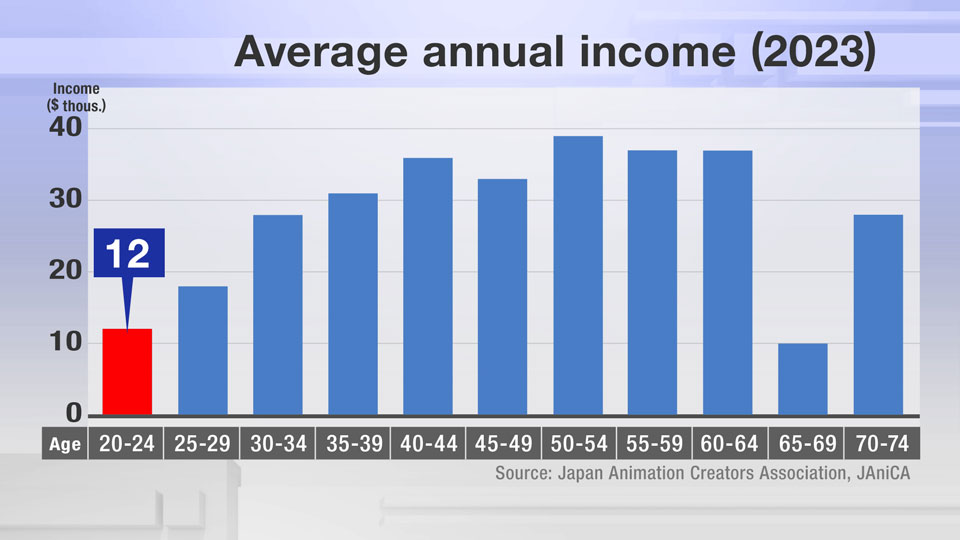
Association head Otsubo Hideyuki warns the poor pay is putting the future of anime at risk.
"We've heard that some parents try to dissuade their kids from going into the industry," he says. "They convince them to choose something else.
"Creating compelling anime requires a lot of artists. The reality is that this industry has to change."
Mentors in short supply
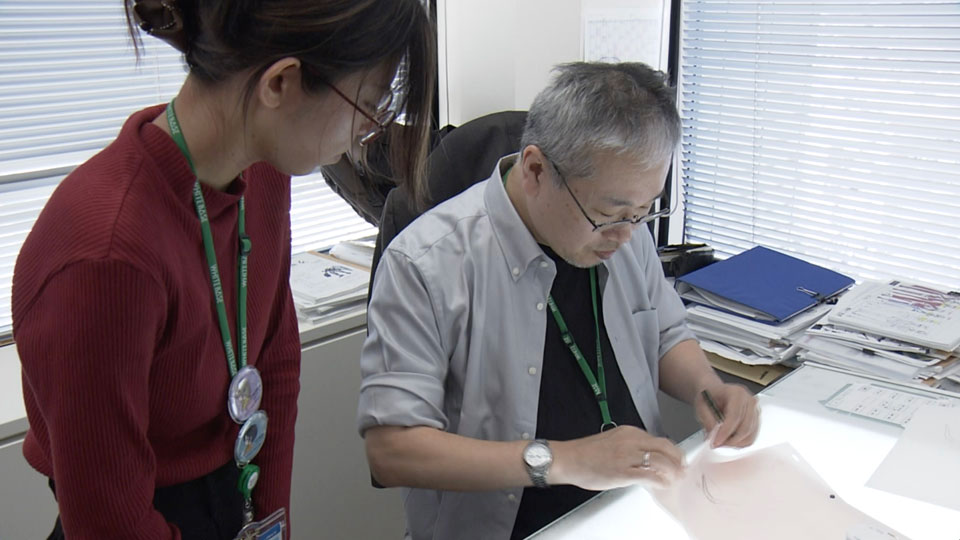
Another problem facing beginners is the limited number of mentors. Production studio Bandai Namco Filmworks is addressing that issue with a training program at a new school it founded.

Young artists apply by submitting their work. If accepted, they are put through a year of paid intensive training.
A power imbalance
To address the problem of poor pay, experts say that the government needs to step in to correct the enormous power imbalance between the animation studios that create the product and the groups that fund them.
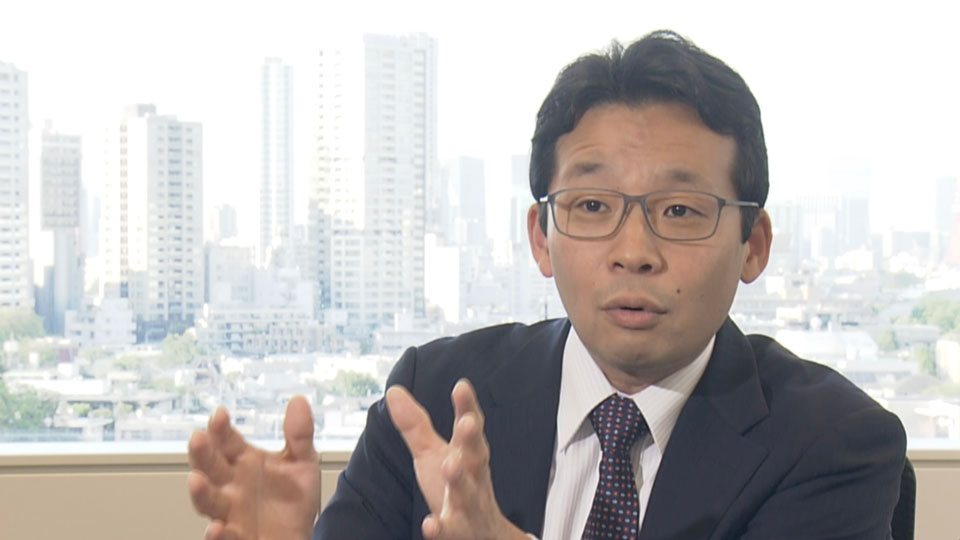
"There's a group formed by investors consisting of publishers, distributors, advertisers, and even gaming companies," says Yasui Yosuke, a Senior Economist at the Japan Research Institute. "The investors pay for the anime to get made, but they retain all of the distribution and copy rights. So the studios don't benefit financially and in turn neither do the animators, even if it's a big hit overseas and makes a lot of money."
He says unless the government introduces regulations that ensure the studios can negotiate with their investors on an equal footing, nothing will change.
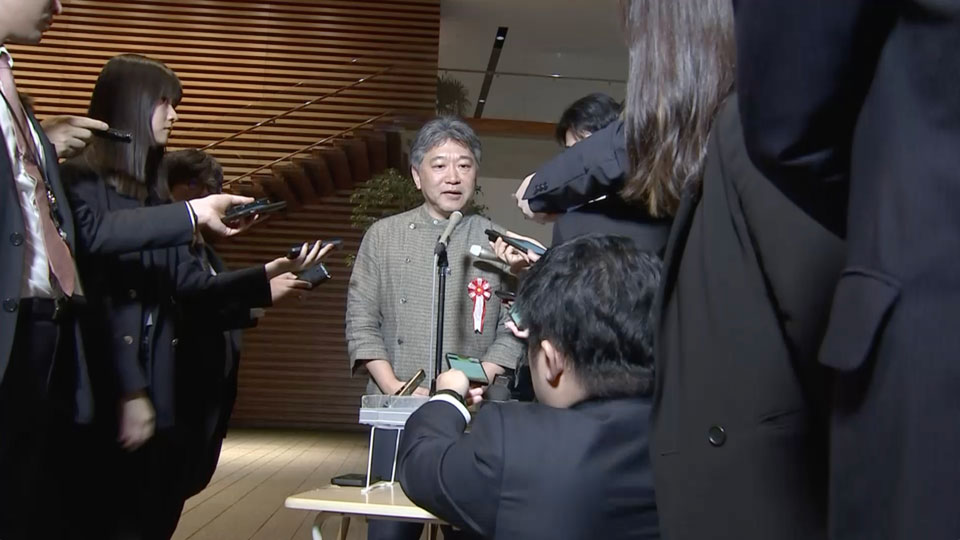
Government acts on calls from industry
Japan is benefiting enormously from anime's soft power, both through tourism and from those whose love of the artform inspires them to come to work and study here. Anime is a 20 billion-dollar industry, but experts say it could be worth 10 times that much if the government takes this problem seriously.
Award winning directors have urged the government to review profit flows. In response, Japanese Prime Minister Kishida Fumio said in April that the Fair Trade Commission is investigating the working conditions of Japan's entertainment industry.
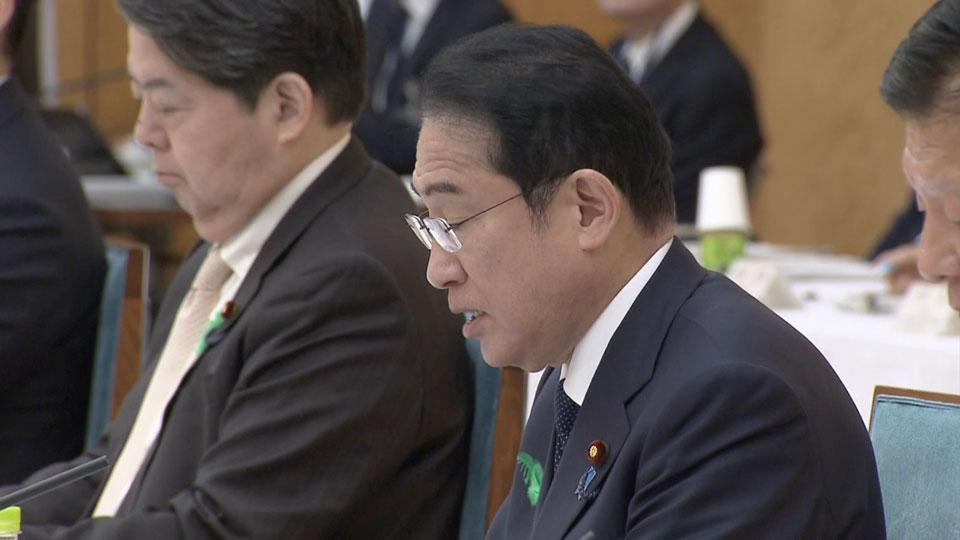
In June, Japan's government devised a new "Cool Japan" strategy. It involves increasing the spread of anime and other aspects of Japanese culture overseas. The goal is to generate about 320 billion dollars by 2033. The strategy also calls for improvements in the working conditions of creators.
But Yasui Yosuke of the Japan Research Institute says the government's plans don't go far enough.
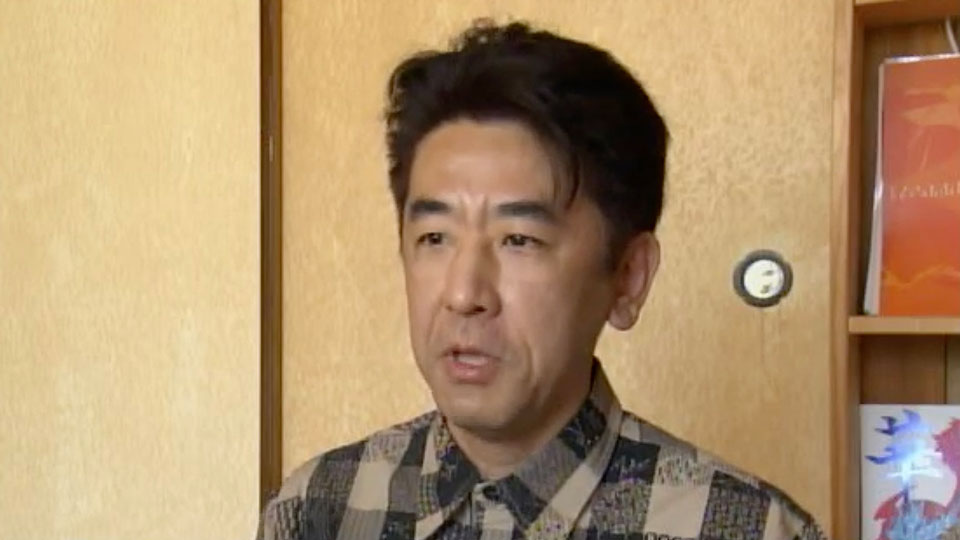
Sugawara, the operator of the dorm, agrees. He says only when the government tackles the problem head on will the studios and their animators have the backing they need to keep creating captivating works for many years to come.
